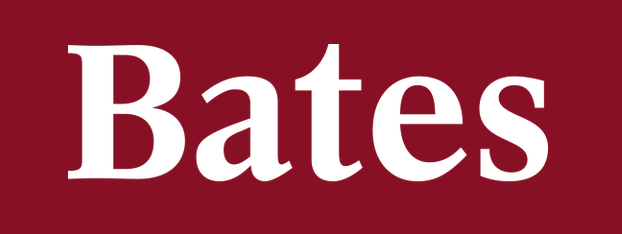After an incredible, all-night “last dance” with the Bates 2011 community, I returned to Seattle feeling both entirely empty and full to the point of overflowing. I wore myself out in the three weeks of classes, performances, experiments, conversations, work and play. But one of the reasons I have chosen to stay in the field of dance despite its relentless demands is because it is perhaps the only relationship in my life that consistently gives back to me what I put into it. In my experience, sweat gives way to strength, investigation gives way to clearer questions, participation leads to community, and consuming space with movement leads to an awareness of more space, both within one’s self and one’s environment.
I relished my position as “Emerging Choreographer” at Bates this year. Not only was I given the time and space I needed to create a wealth of seed material for my next project, but also I was able to take classes from the prestigious faculty as a student of dance, and dance teaching, as well as being a choreographer analyzing movement invention. The open social dynamic of the festival allowed me to know my colleagues as people and then to watch how those personalities translated their desires into movement expressions, pedagogical approaches and performative personas.
Nancy Stark Smith’s Contact Improvisation class was a powerful thread though the intensive for me. Nancy’s approach to facilitating CI taught me a lot about the simultaneity of individual responsibility and communal responsibility. In CI the pressure that is presented can be met or abandoned, but either way, strong, direct choices lead to clear communication. The form encourages practitioners to look out for their own safety, but also to take risks in trusting others. I feel that so many forms of dance are served by this approach. We have to trust our teachers, and walk though the doors they reveal, in order to have new experiences. At the same time, as dancers we must pay attention to the ever-shifting limitations of our bodies and know when to shift our approach.
Techniques were originally created to facilitate the communication of meaning and/or identity. I loved being able to take so many different classes in close proximity because it highlighted the fact that the diverse array of techniques utilized in contemporary dance carry our human spirit though many different channels. These movement styles communicate our individual personalities and cultural inheritances and at the same time, expose our very similar bodily experiences, the material/consciousness that makes us all both fragile and strong.
I was honored to participate in, and fascinated by, the Different Voices program. The works on the program were simultaneously aesthetically diverse and connected by strong themes of gender and power. Many of them were the result of vast ideas condensed into essential gems.
Many of us used external gender signifiers as embodiments of power, while Mamela, myself and Onye all engaged in traditional transvestism, Kettly and Nellie also used drag. Their duet “Correspondences” played with the signifiers of femininity as weapons. It is fascinating to me that Mamela and I, who literally live on opposite sides of the earth (South Africa and Seattle) would both make work that utilizes the male/power signifier of a suit to contextualize our movement vocabularies. While this symbol apparently has enough universality to translate across the world, as women in the suits we both embodied a liminal, androgynous zone that is infinitely varied in its personal and cultural appreciation/understanding. While for many, this indefinable place between binary gender representations is a threat; to others it is the answer to hundreds of years of division and injustice. Internationally, women in a contemporary man’s world are clearly interested in cracking the façade that “masculine” and “feminine” are definable or valid divisions between human beings. The space between is infinitely varied and essential.
Returning to the Left coast I feel that our various communities are a single dance community. Within this community we are responsible for making our individual expressions as varied and different as our personalities are. It is through the diversity of our specific, genuine expressions that we become a strong, global community, not in spite of it.
What an honor to be a part of the 2011 Bates community in its support and pursuit of what is simultaneously new, ancient, diverse, connected, and true.
Thanks you to all who were a part of this experience.
Catherine Cabeen

